
The Ultimate Homebuyer's Guide to a House Turnover
Updated on January 18 2025
Owning a home is a dream cherished by many Filipinos, and the moment it becomes a reality is undeniably monumental. However, before you can fully revel in the joy of homeownership, there's one crucial step that demands your attention: the house turnover. This pivotal phase in the homebuying journey requires careful inspection and meticulous attention to detail to ensure that your dream home is everything you've envisioned and more.
Understanding the House Turnover Process in the Philippines
In the dynamic landscape of Philippine real estate, the turnover process marks the culmination of the transaction, wherein the property's ownership is transferred from the seller to the buyer. It's the moment when keys are handed over, and your journey to homeownership reaches its climax.
Preparing for the turnover requires coordination between the buyer and the seller. The property should be thoroughly cleaned, decluttered, and any necessary repairs addressed by the seller. On the buyer's end, reviewing the contract, settling payments, and understanding the property's specifications are paramount.
The Ultimate House Turnover Checklist
Exterior Inspection
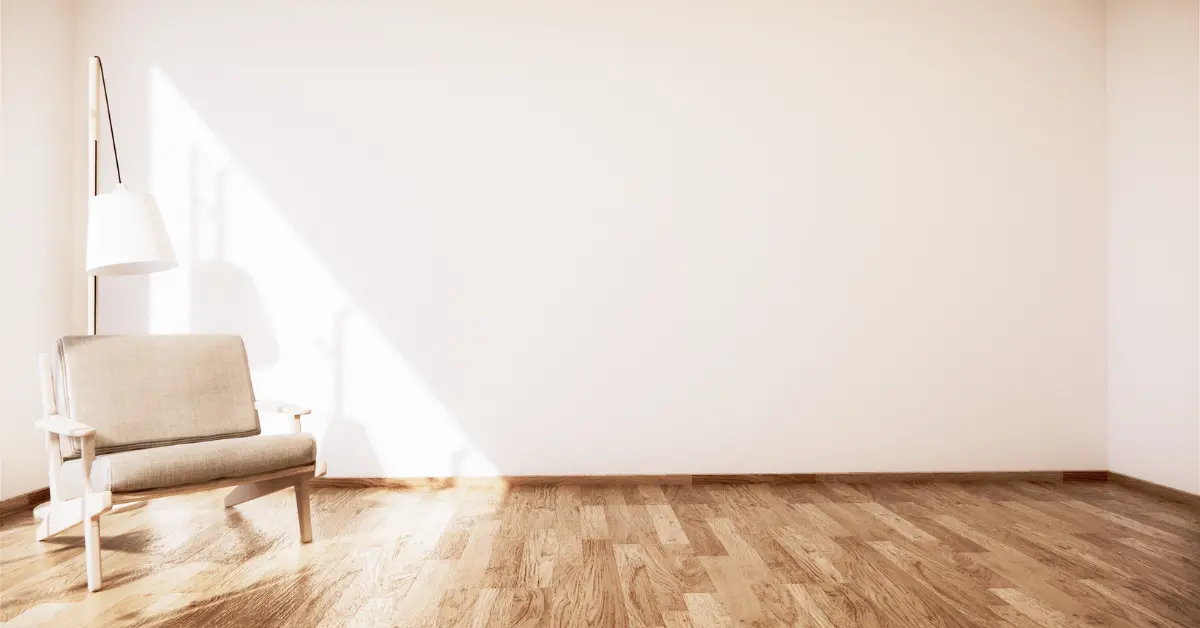
1. Evaluate the condition of exterior walls
Cracks or uneven coatings may indicate structural issues or poor workmanship, which could lead to future problems such as water seepage or deterioration.
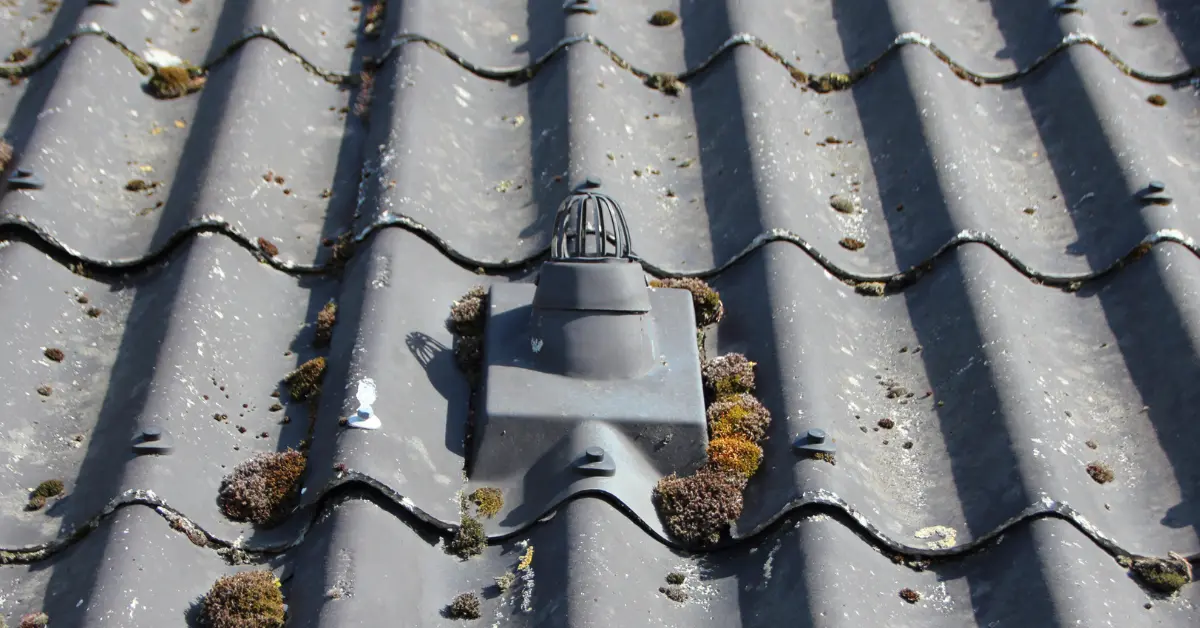
2. Inspect the roof
Damage or wear on the roof can result in leaks and water damage to the interior of the property, potentially causing costly repairs down the line.
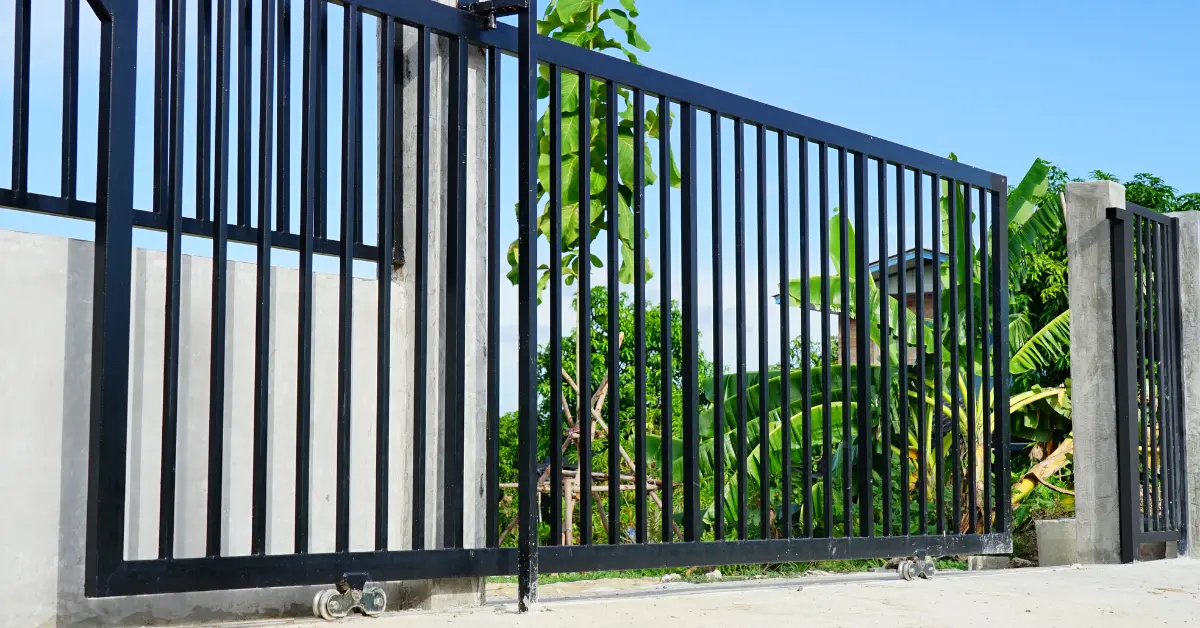
3. Check gates and fences
Properly functioning gates and fences are essential for security and privacy. Any defects should be addressed promptly to ensure the safety of the property.
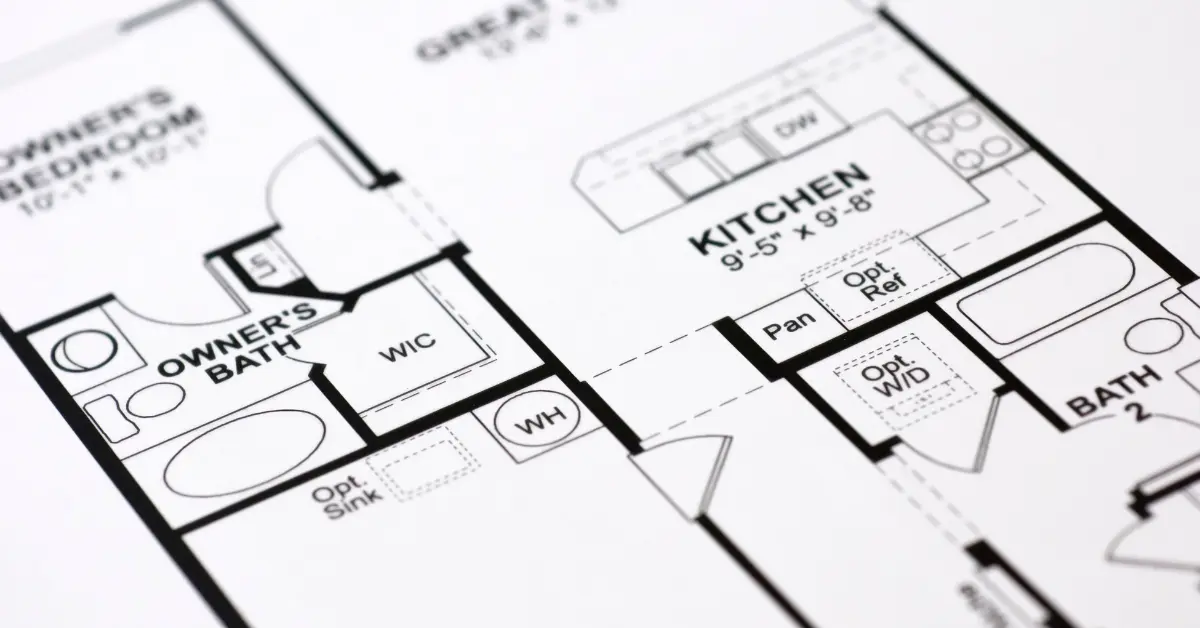
4. Verify property dimensions
Discrepancies in property dimensions can lead to legal complications or disputes in the future. It's crucial to ensure that the property's size aligns with the specifications outlined in the contract.
Interior Examination
1. Assess door functionality
Doors that do not open or close properly may indicate issues with installation or alignment. Faulty locks or hinges can compromise security and safety.
2. Inspect windows
Properly functioning windows are essential for ventilation, natural light, and energy efficiency. Damaged or poorly installed windows can lead to drafts, moisture issues, and increased utility costs.
3. Check ceilings for leaks
Water stains or discoloration on ceilings may indicate leaks from the roof or plumbing system. Addressing leaks promptly is crucial to prevent water damage and mold growth.
4. Examine walls for structural integrity
Cracks or bulges in walls may indicate structural issues or settling. It's essential to identify and address any structural concerns to ensure the property's stability and safety.
5. Ensure flooring is even
Uneven flooring can pose safety hazards and affect the installation of furniture and fixtures. It's important to address any unevenness or damage to ensure a smooth and safe living environment.
Electrical and Plumbing Assessment
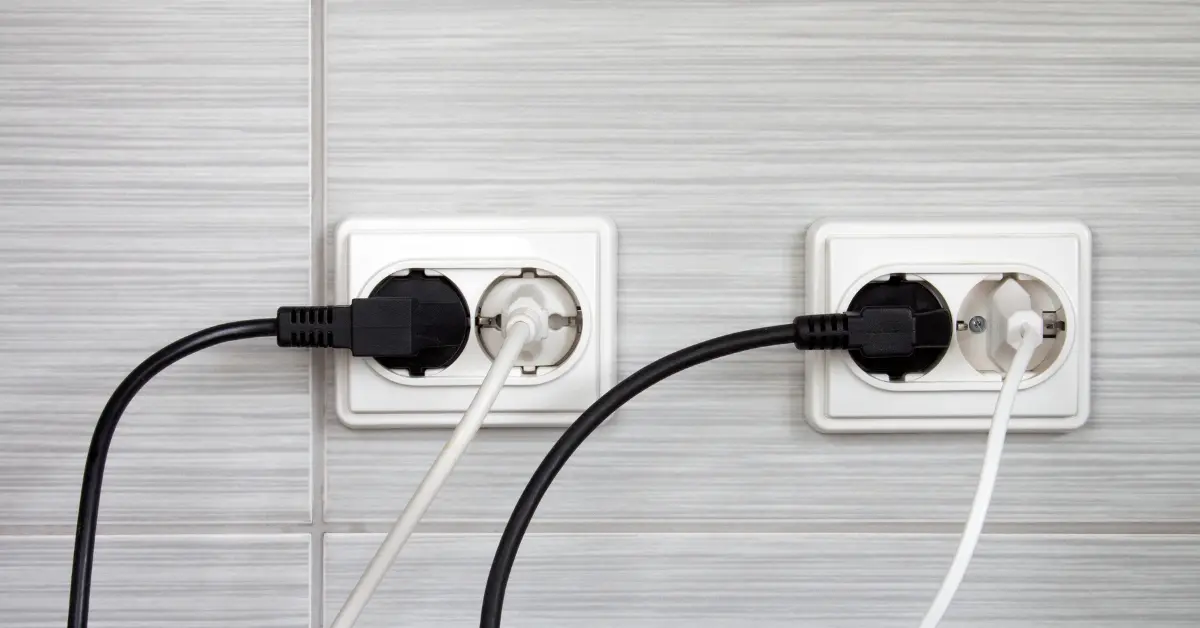
1. Test electrical outlets and fixtures
Malfunctioning outlets or fixtures can pose fire hazards and electrical shocks. It's crucial to ensure that all electrical components are functioning correctly and safely.
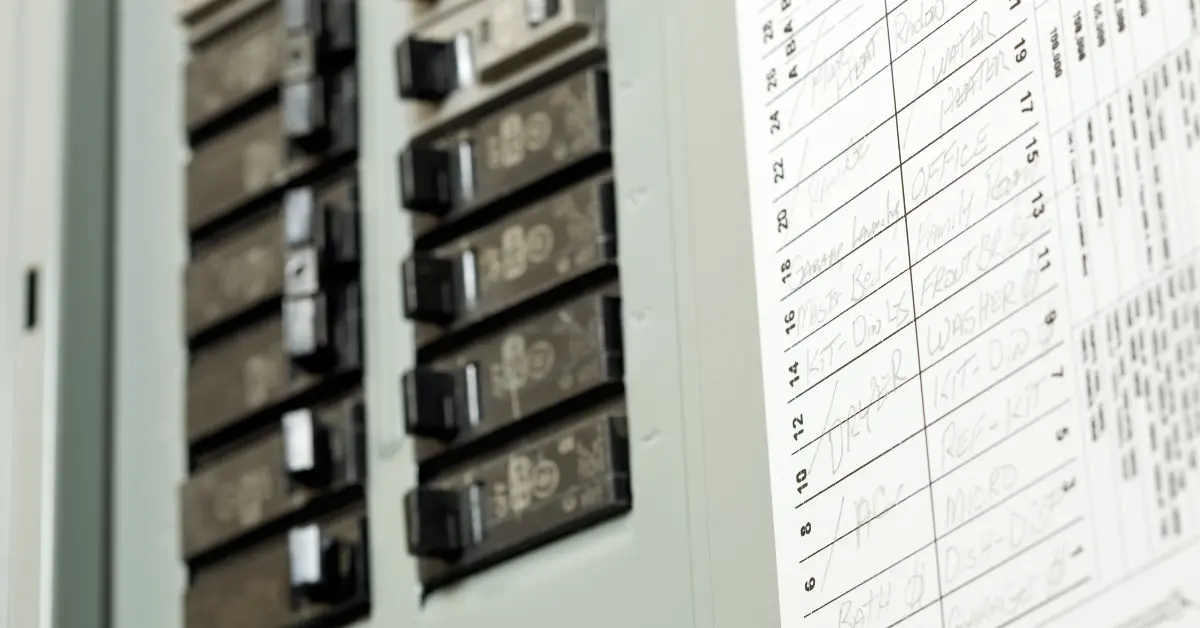
2. Inspect the circuit breaker
A properly labeled and functioning circuit breaker is essential for managing electrical power distribution and preventing overloads. Any issues with the circuit breaker should be addressed promptly by a qualified electrician.
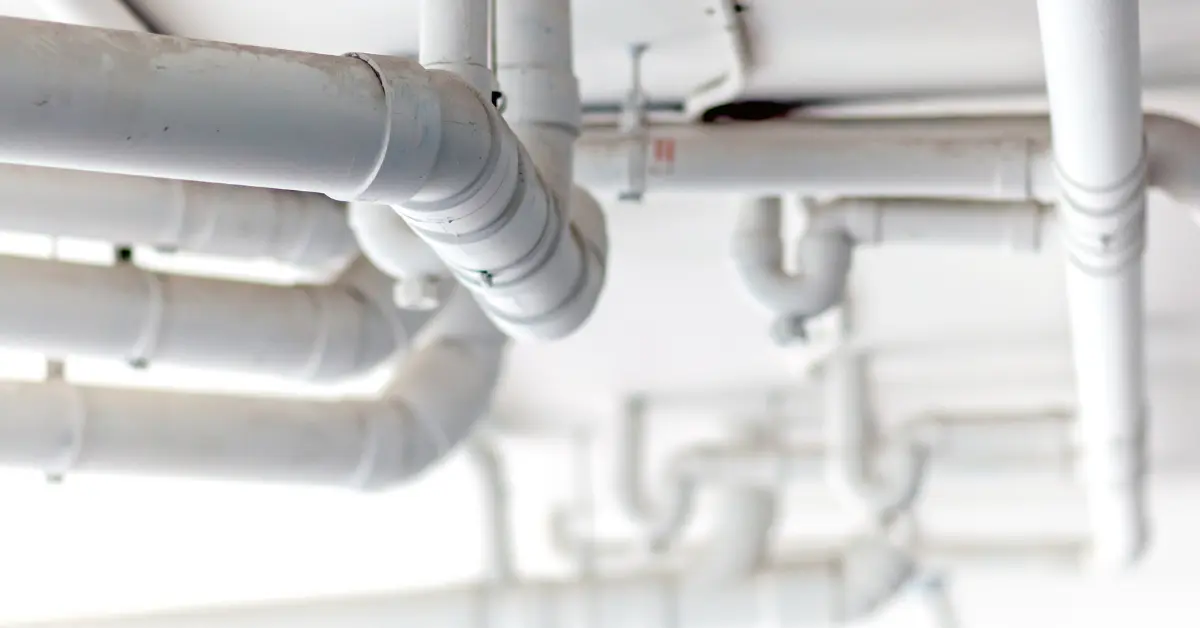
3. Check plumbing fixtures for leaks
Leaking faucets, sinks, or toilets can waste water and lead to water damage and mold growth. It's important to identify and repair any leaks to maintain the property's integrity and functionality.
Cabinetry and Storage Inspection
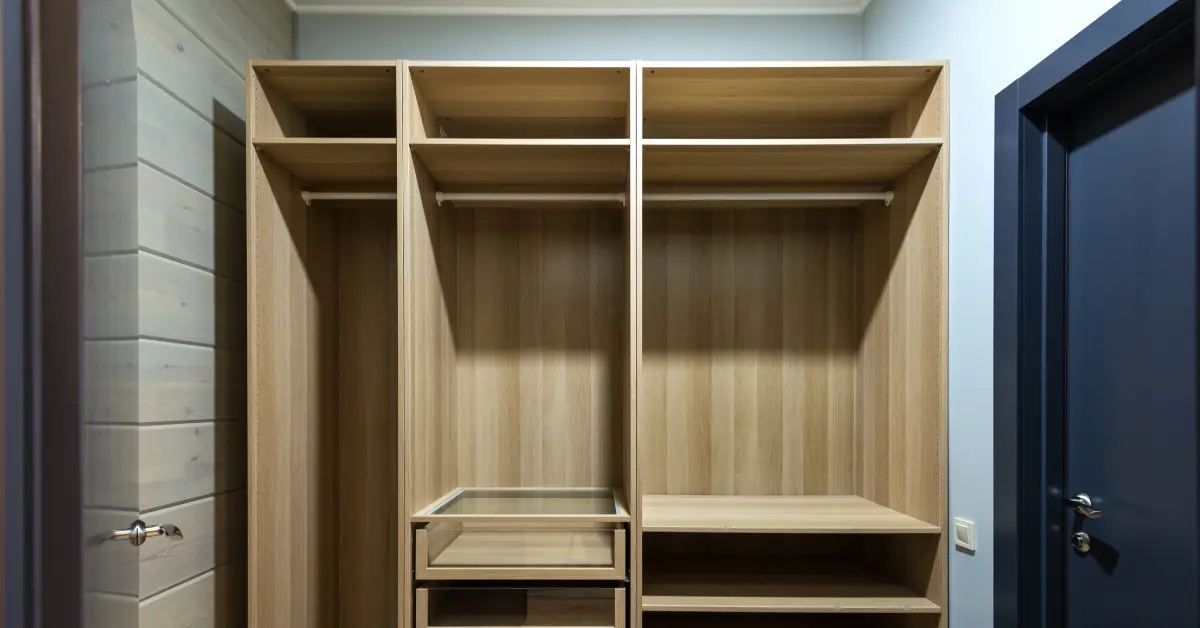
1. Verify functionality and dimensions
Built-in cupboards, shelves, and cabinets should be sturdy, well-built, and properly installed. It's essential to ensure that all storage spaces meet your needs and expectations.
Documentation Review
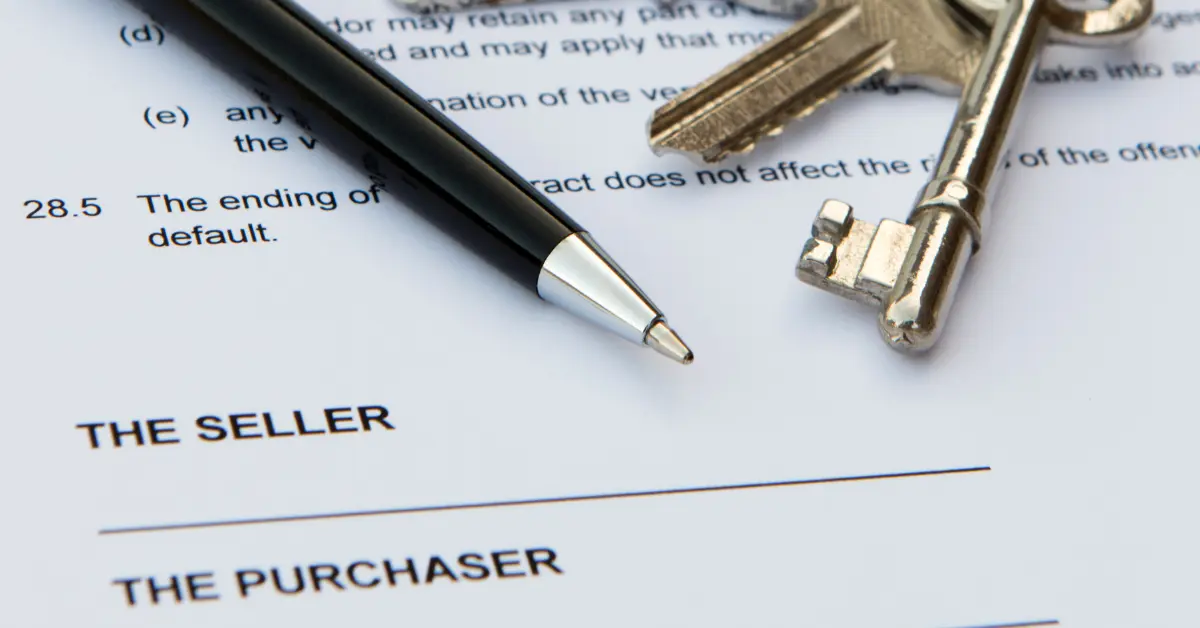
1. Thoroughly review the contract
Carefully review all terms and conditions outlined in the contract to ensure that they align with your expectations. Any discrepancies or concerns should be addressed before proceeding with the turnover process.
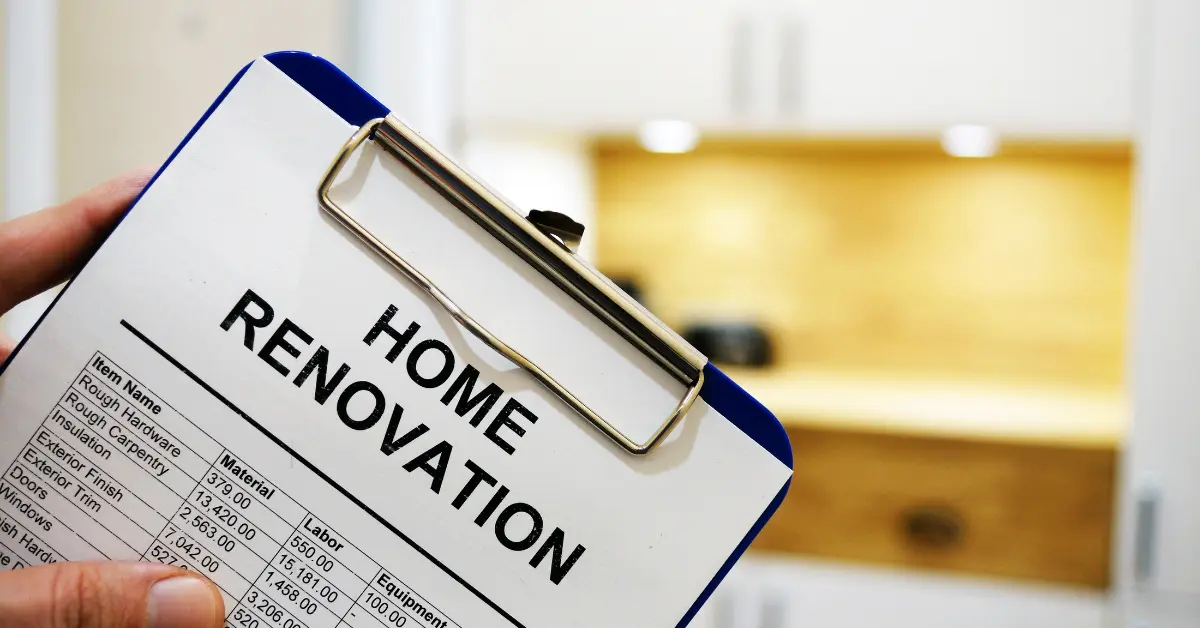
2. Check for additional costs or fees
Be aware of any additional costs or fees associated with the turnover process, such as maintenance fees or taxes. It's essential to clarify these costs upfront to avoid any surprises later on.
Seamless Transition to Homeownership
By following this comprehensive house turnover checklist, Filipino homebuyers can ensure a smooth and hassle-free transition to homeownership. Clear communication with the seller or contractor is essential, especially if any issues arise during the inspection. With proper preparation and attention to detail, the turnover process can be an exciting step towards realizing your dream of owning a home in the Philippines.